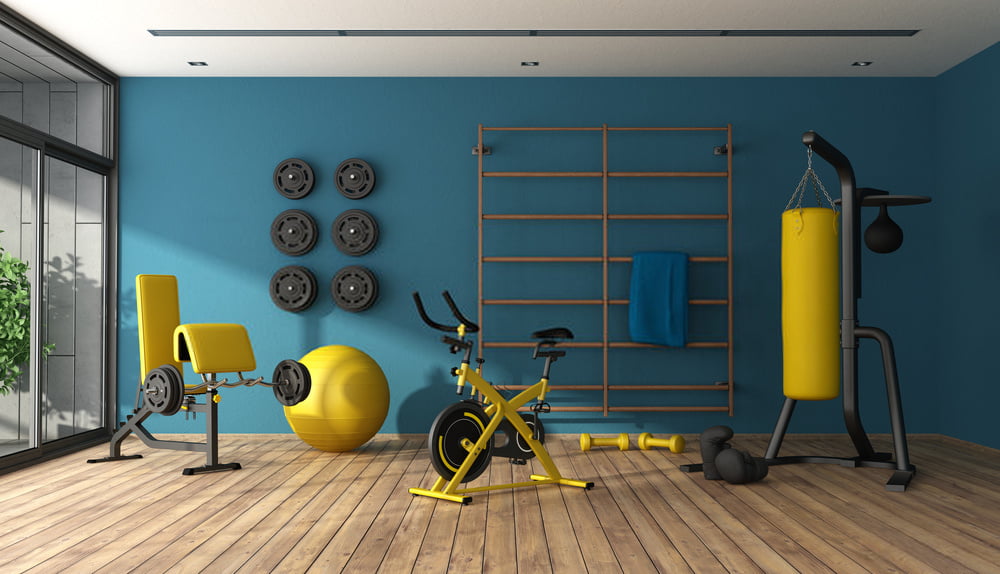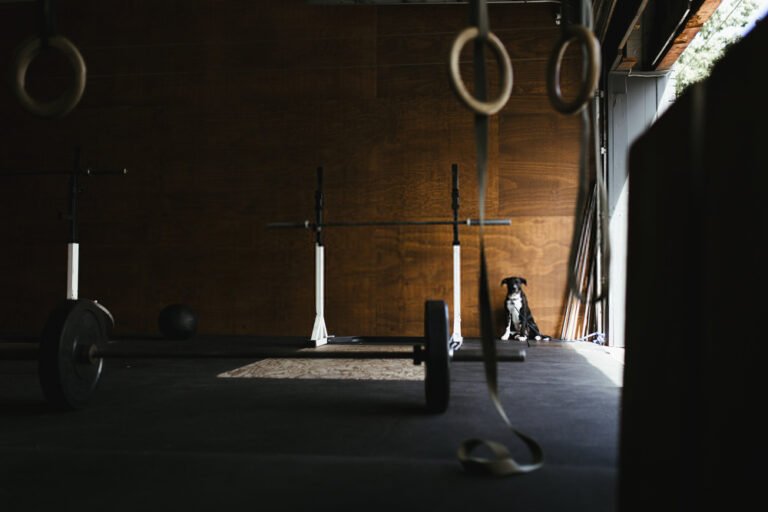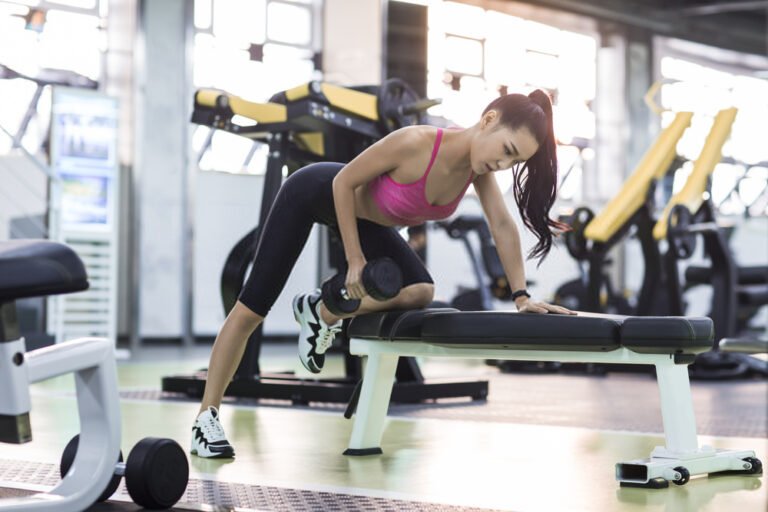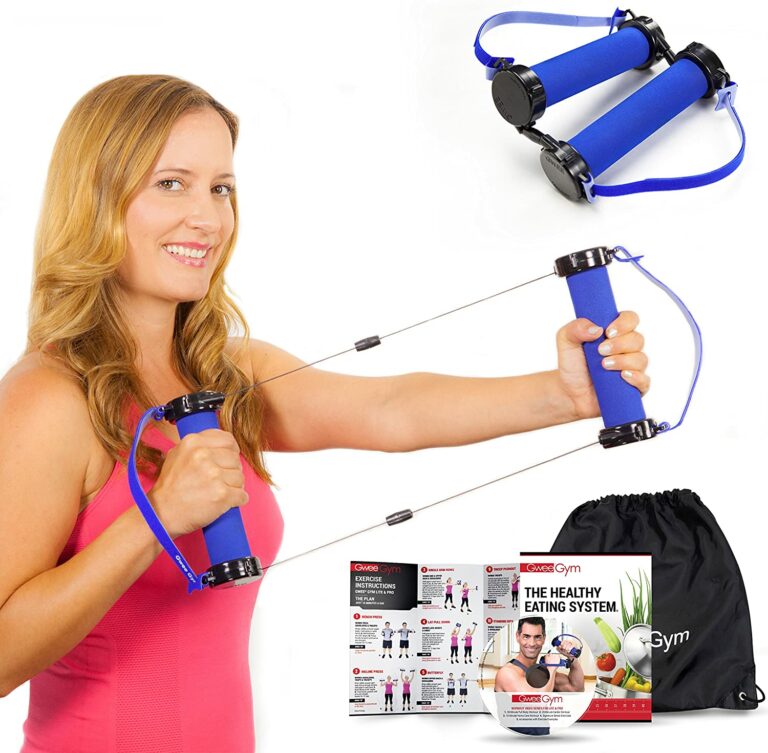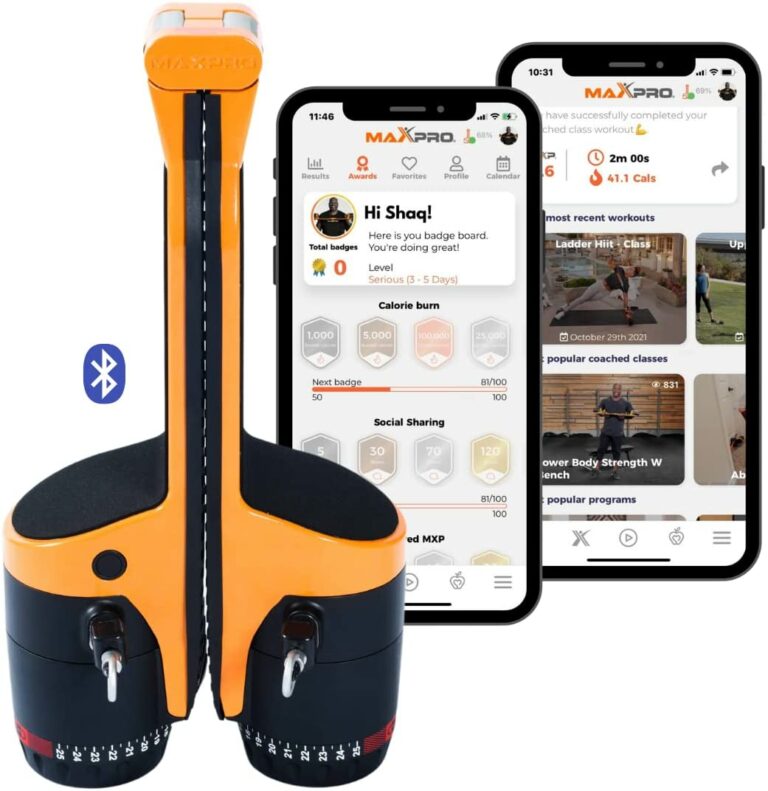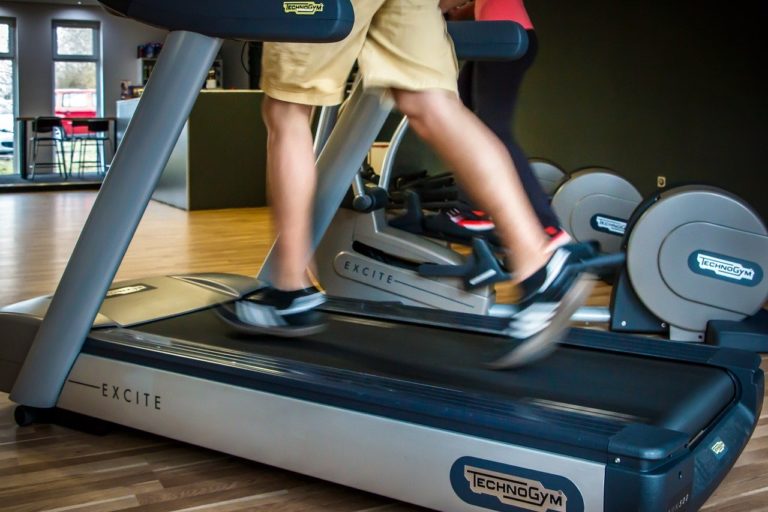Functional Trainer Vs Home Gym
It seems that many people are finding that their working hours and commitments require them to stay at home more, so they go the route of buying all their equipment and trying to use it without help.
However, when your new decision ends up backfiring on you, it can feel like a disaster. The benefits seem significant, but the result is not what you had hoped for; instead, your home gym becomes a source of frustration and embarrassment.
On the other hand, you could go the route of buying a functional training system.
The reason is that there’s no need to get attached to keeping all your equipment at home. An excellent functional training system will allow you to work out while sitting on your sofa or lying in bed, with minimal equipment required and a much cheaper price tag.
So, in this article, we will be comparing a professional, functional training system with that of a home gym to help you make the better choice.
What is functional training?
No products found.
Home gyms and functional trainers are pretty similar. They enable many workouts to perform on a single piece of equipment.
It’s a mash-up of several distinct fitness machines. It will be roughly 7 feet tall and run on a pulley and cable system.
A cable machine, a cable gym, or a cable crossover gym are all names for the same thing. Almost all commercial gyms have this type of workout equipment.
The name “functional trainer” comes from its resembling functional movements. For example, as a multiplanar machine, you can move your body in horizontal, diagonal, vertical, and forward planes.
For a variety of exercises, functional trainers are popular. The cable crossover chest fly is one of the most popular. Pull-ups, row variations, and arm exercises such as tricep pushdowns are also conceivable.
One of the best characteristics of a functional trainer is its adjustability. You can pin the various attachments to the top, middle, or bottom of the machine, and you can change the weight stacks in tiny increments to acquire the right weight for your workout.
Functional trainers are fantastic since they provide so many various exercising possibilities. For example, people doing stomach exercises, arm workouts, hip abductor training, and other activities can be seen in training videos.
What is a home gym?
- FULL BODY WORKOUT: 25 plus exercises that cover the entire body.
- POWER ROD RESISTANCE: Over 200 lb. Power Rod resistance.
- PULLEY POSITIONS: Multiple cable pulley position allows you to easily change the angle of resistance and increase effectiveness of many exercises.
- AEROBIC ROWING: Vertical bench press with incline and flat adjustment and converts to a rolling seat for aerobic rowing.
- DEVICE HOLDER: New integrated device holder to support your smart device.
A home gym is a well-equipped and independently operated structure or room within a private residence. Home gyms can take up a significant amount of space and cost thousands of dollars to buy.
Often, they are housed in basements with plenty of spare basement space, but more and more, people are adding them to the garage.
In a suitable climate, it's possible to include a home gym in an outdoor area with ease. They are sometimes referred to as home gyms, gymnasiums, or fitness centres.
The primary purpose of having a home gym is to save money and get the workout you need whenever you like.
A home gym will usually have the same equipment like a real gym, with a few extra additions to allow those with injuries to complete specific exercises they could not do in a typical environment. With home gyms, you can focus on your form and technique while getting fit simultaneously.
The equipment you will find in a home gym can vary greatly. You may find all the essential pieces such as dumbbells, barbells, and benches, as well as extra things like step-in weight plates and blocks to help with injured muscles. Some home gyms will even come with treadmills and elliptical trainers.
A home gym is great for those who have the motivation to keep up their cardio fitness while they’re not at a commercial gym. They also prove very useful for those who don’t have a gym membership but want to keep fit.
Home gym vs functional trainer: The differences
Both home gyms and functional trainers have merits for those who like to exercise. However, there are a few differences in what you should look for when deciding on the best one for you.

Size:
A functional trainer is slightly smaller than a home gym, allowing more room to move about if you have fewer exercises to perform. In addition, the cable machine will only be about 5 feet long, so you don’t have to have loads of space.
However, it's also unlikely that you will have a home gym with only 5 feet of additional space. You may find that you want to put your home gym in the garage to need a bigger space than that.
You can use functional trainers in the spare room, which are more versatile than home gyms. You can place them anywhere there is enough room; an extra room under the stairs or in a carport would be readily available options.
Price:
The price of a functional trainer will usually be less than that of a home gym. It is because the functional trainer relies on your body weight for resistance.
The variety of exercises is also much less, so more equipment is not required. However, home gyms usually have better quality equipment at a lower price.
Functional trainers are more expensive than home gyms because they cost less to buy. However, they also require more maintenance, as cables wear out and need replacing.
Comparing functional trainers with home gyms will bring up the price difference in a minute.
Durability:
Home gyms are usually more enduring than functional trainers because they are made of metal, whereas available trainers rely on tubing to achieve resistance. This tubing will usually wear out quicker than metal.
Your functional trainer may get better over time, but you probably won't have it for as long as a home gym.
It is because functional trainers are moderate and not entirely sturdy, whereas home gyms are made from heavy-duty metals that can withstand more exercise.
Loading mechanisms:

A functional trainer is a pulley machine with cables running through slides and rollers. The cables work together in a way that mimics the movement of a heavy-duty weight stack. This system offers functional trainers the same experience as a home gym for many exercises.
A cable machine uses weight stacks to load weights onto pulleys and cables. You can slide plates on and off these stacks and pick the perfect weight for you each time. With this, you have greater control over your workout.
Final Words
The main point of comparing home gyms vs functional trainers is that one uses weight while resistance exercises are performed, while the other uses pulleys and weight stacks.
Therefore, we can see that they both have different advantages and disadvantages, making it difficult to decide which one is better overall.

However, if you are trying to save money and already have a gym membership, the functional trainer will work out cheaper in the long run. In addition, the home gym will be better if you feel more comfortable with your weight.
Whether you have functional trainers already or are planning on buying one, you should know what they are and some things to look for when making this decision. With so many different options to choose between, it’s essential to understand what they offer you.
As we can see from our discussion above, the home gym is an ideal choice for people who want a real workout at home regardless of their fitness level. So whether you are a beginner or a pro in the gym, you can find everything you need in your home gym.
